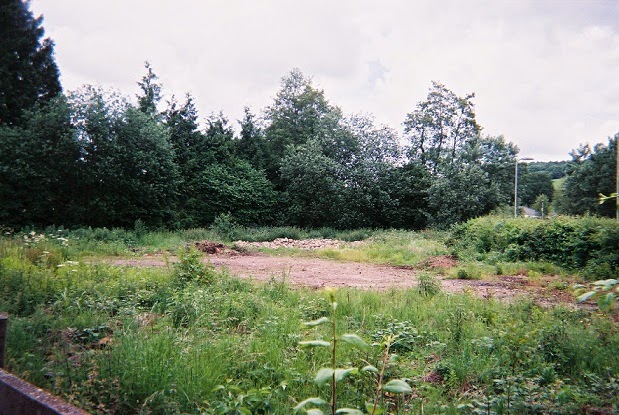Major Clitheroe's Battlefield Tours
A Tour in the Summer of 2012 visiting the site of the Battle of Longhope - 11th July 1938
Background
In the summer of 1938, Longhope was in the no-mans' land between government forces at Gloucester and Anglican League forces at Ross.
On 10th July, British Union of Fascists (BUF) militia arrived at the Longhope Jam Factory and demanded a large quantity of jam. The factory owner would not hand it over for a promissory note. The BUF got a little aggressive. The employees, led by their Union, went on strike and refused to work if any jam was given or sold to the fascists. The BUF left threatening to come back and take all the jam by force if necessary.
The BUF militia attacked the Jam Factory but were pushed back & requested support from their Royalist allies, by the time reinforcements arrived the BUF had been routed and left. The Royalists advanced into the west end of the village pushing the Local Defence Volunteers (LDV) back. The Vicar contacted Anglican League (AL) forces a few miles west of Longhope and these extra troops halted the Royalist advance. The arrival of men from the Loyal Punjab Regiment swung the battle in favour of the Royalists but as they were running low on ammunition and both their armoured cars had been damaged, the Royalist Commander called for a truce and both sides withdrew from the village.
Map of the battlefield
The Jam Factory building was demolished some years ago and the site is now taken up by the modern building of the Longhope Welding Company.
The Bridge
The house to the east of the bridge which became the Royalist Headquarters during the battle. The white building in the centre right of the picture is a house built on the sawmill site.
The BUF armoured truck burning on the old bridge after being hit by molotovs thrown by the Jam Factory Defence Militia.
A view looking east, showing the modern bridge that replaced the one damaged in the fighting. The man on the left of the picture is standing where the Jam Factory defenders barricade was built.
The Stream and Jam Factory Defences
A BUF mounted section attacked from the north east side, jumping the hedge and landing in the stream with half of them falling off their horses. They were then fired upon and hit by two molotovs. The BUF cavalry routed, smoking slightly.
The area covered by the Jam Factory defences is now wasteland but the double line of trees to the rear of the photograph shows the position of the hedge line and stream where the BUF cavalry made their ill-judged charge.
The Church
A long view showing the arrival of the AL forces (on 'blinds'), after being called by the Vicar.
The church whose tower acted as Headquarters for the AL forces in the battle.
The Orchard
AL forces in the west (their cavalry moving up on the left flank) and Royalist forces consolidating (at the top of the photograph) with a coach carrying men from the Loyal Punjab Regiment arriving.
The orchard where the AL cavalry met their end has now been built on.
The Main Road
These houses were not damaged in the fighting, as both sides respected the safety of the civilians who were sheltering in them.
The Road Junction
The point of the furthest advance by AL forces where there was a strongly contested engagement between the armoured cars of both sides.
Major Clitheroe would like to thank Mr R. Knox and Mr C. Mann for providing photographic images of the tour.


















No comments:
Post a Comment